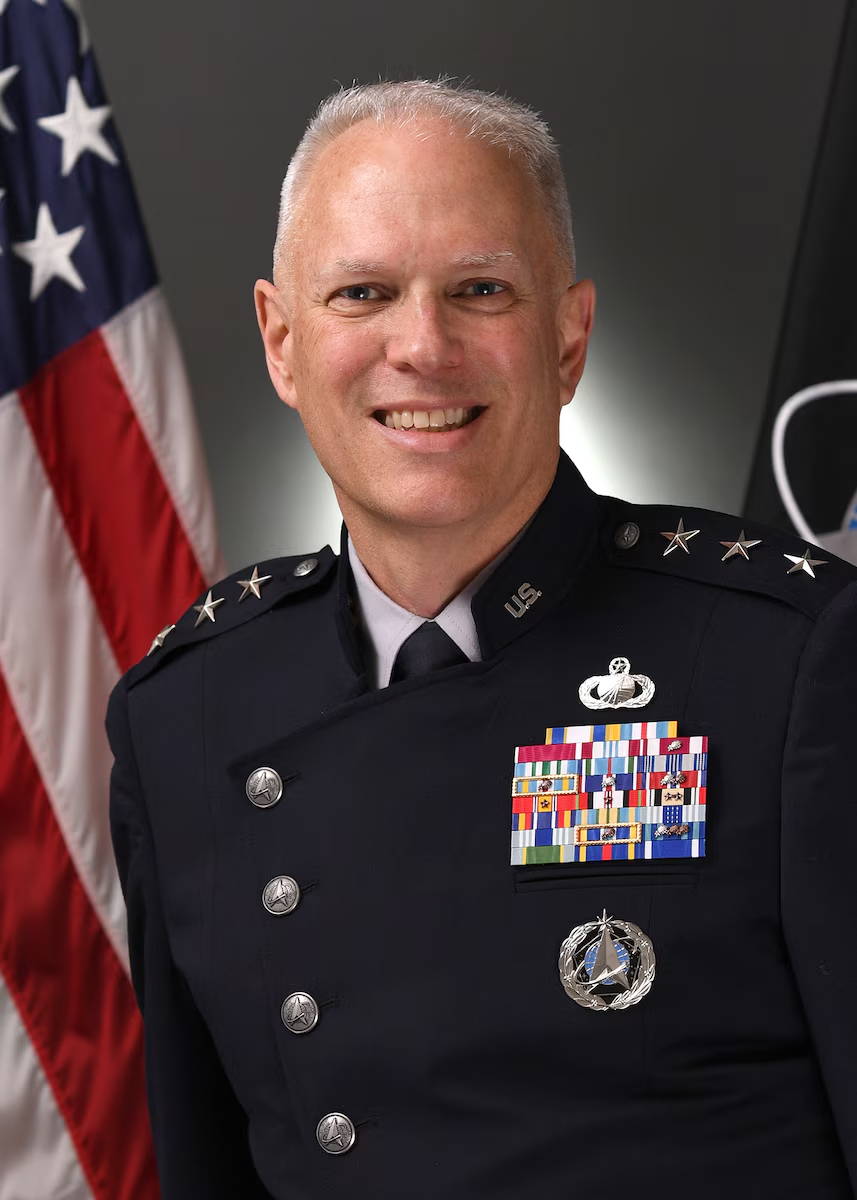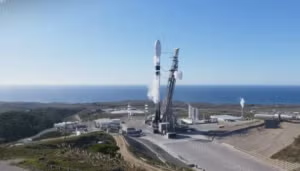
The Defense Advanced Research Projects Agency (DARPA) said Tuesday it awarded contracts to three companies to begin work on its XS-1 Experimental Spaceplane program. Contracts were awarded to Boeing [BA] (teaming with Blue Origin), Masten Space Systems (working with XCOR Aerospace) and Northrop Grumman [NOC] (working with Virgin Galactic and Scaled Composites). Boeing was awarded a $4 million preliminary design contract, the company said Tuesday in a statement. Lockheed Martin [LMT] spokesman Gary Napier said Tuesday the company was not…












